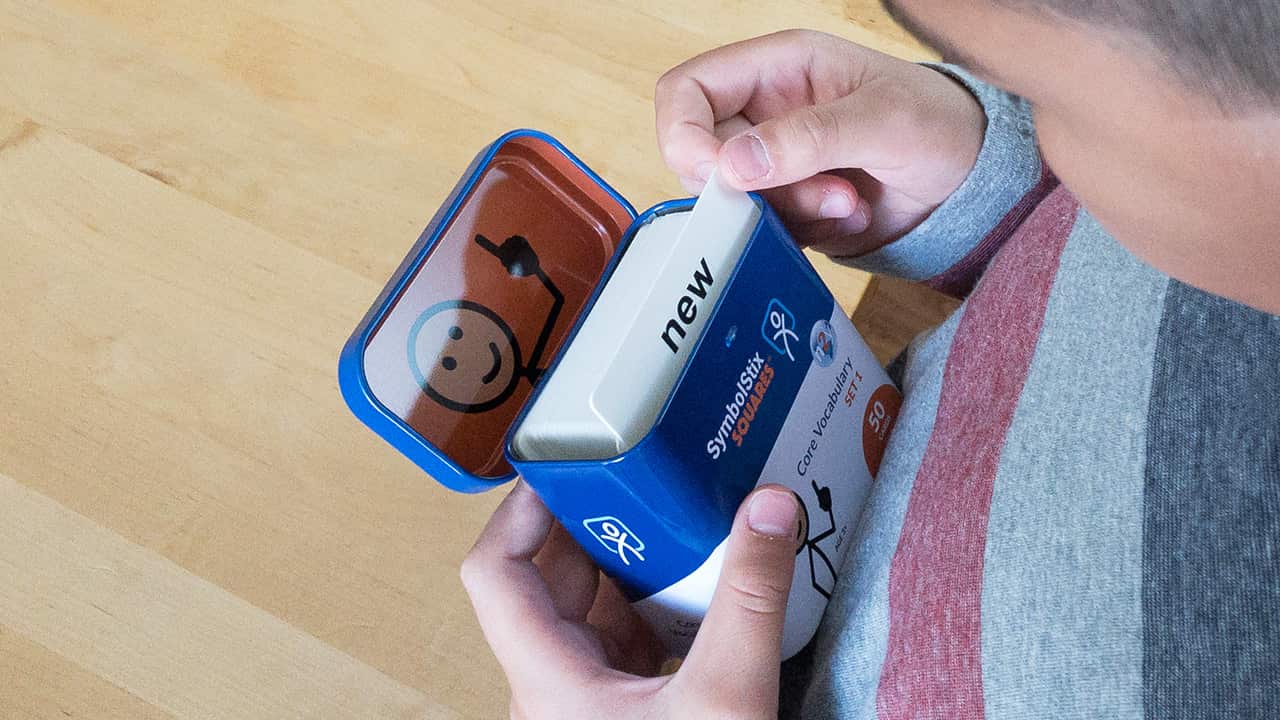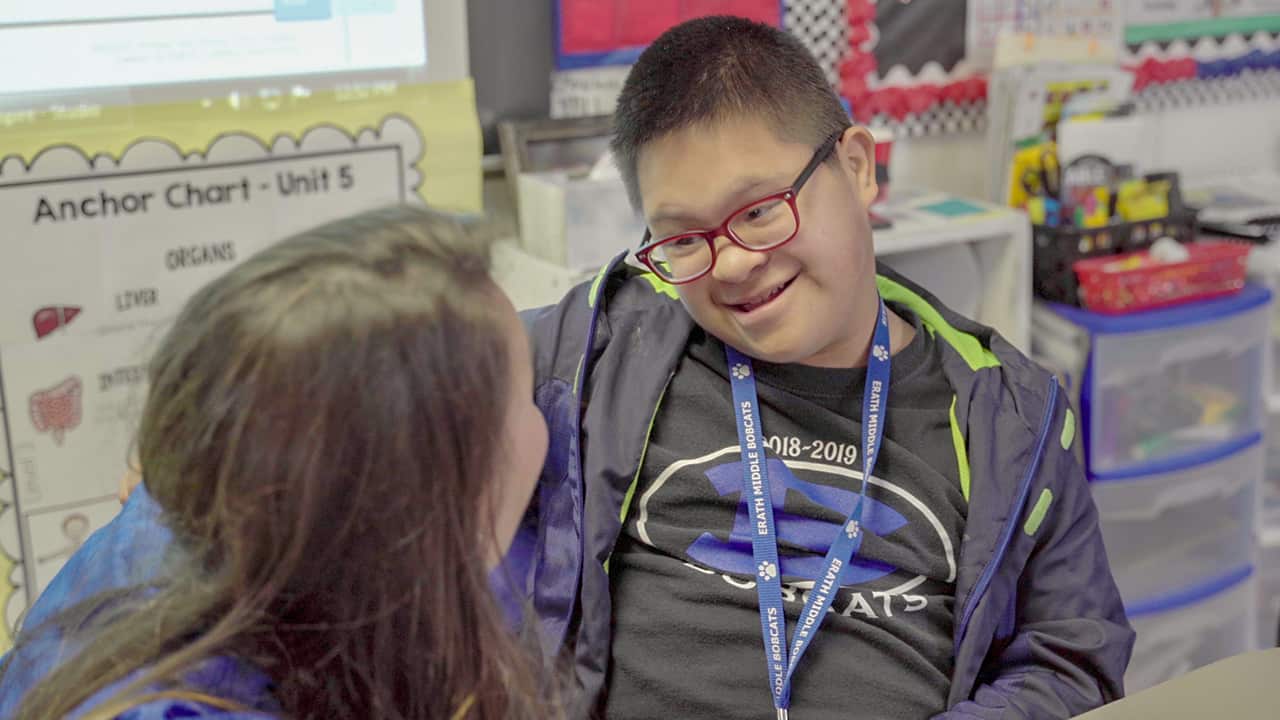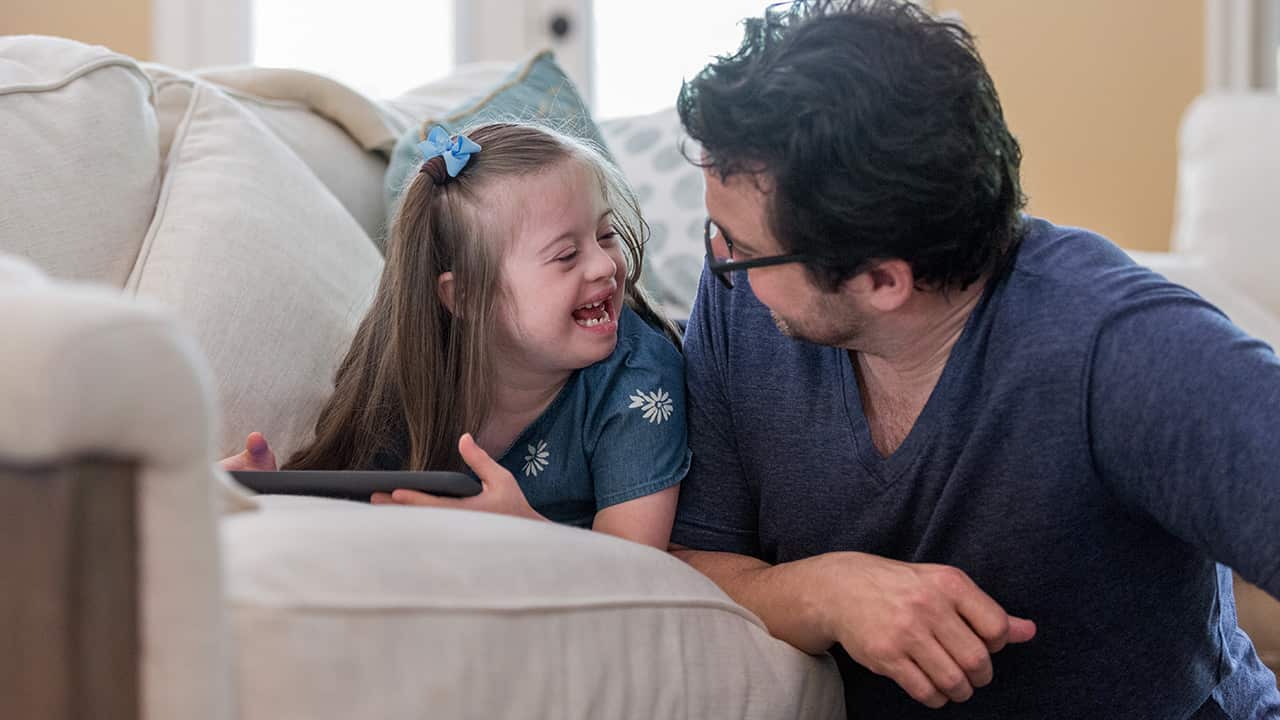Student voice can be difficult to hear in any classroom where the teacher is doing most of the talking and providing direct instruction. Even if the teacher is the one who offers the choices in the curriculum, the teacher is still the one directing the learning. Student choice means students choose how they learn something and, hopefully, what they learn. This is a big jump though, right? You may be wondering, “But how do I begin this in a special education classroom with emerging language needs?”
Introducing and Incorporating Voice and Choice
Below are some ways (when appropriate) that you can introduce and incorporate voice and choice into many aspects of your students’ day:
- Food choices—Would you like goldfish or pretzels for a snack?
- Writing utensils—Would you like a big/little pencil, or crayons/colored pencils?
- Paper—Which color paper would you like? What size?
- Books—Which book would you like us to read today? Or tomorrow?
- Seating—Would you like a chair/stool/ball, in the hallway? Would you prefer to stand?
- Order of events—What should we do first?
- Activities—How should we learn about butterflies?
- People—Who would you like to work/play with?
- Topics of study—What are you interested in learning about? Can you share any knowledge that you have about this topic?
I use choice options in my classroom for:
- n2y Current Events topics
- Joey’s Locker games
- Decision tree strategies in Positivity to allow for choice making, and voice
- Educational videos
This can be very reinforcing to students but should not be withheld as contingent reinforcement. Choice should be built into the day and all students should have opportunities for voice and choice—regardless of ability—in order to feel heard and in control of their own environment and learning.
Helping Students to Become More Independent
A strategy that incorporates both student and teacher control is “Weighted Choices.” Weighted choices are presented when a teacher gives an option that will elicit one outcome but offer students the opportunity to have some say in the process.
For example, if I am presenting a writing task I may offer for my student to use either a green pencil or red pencil. Either way, the student is choosing a writing utensil and will do their writing. But the student took ownership of which utensil to use.
I have also given options like, “Who do you want to practice sight words with?” “Which sticker do you want after finishing your addition problems?” “Do you want to sit on the blue chair or red stool?” If our end goal is for our students to learn, grow and become more independent, we can be more flexible in what that process looks like for each student based on their wants and needs. This facilitates mutual trust, support and respect, and meaningful relationships that will breed enthusiasm.
Students with emerging language can utilize choice visuals from the SymbolStix PRIME library. Hold the visuals up when stating the options so that students can point to a response, or show them on a tablet or whiteboard so the materials can speak or be read with highlighting. Other adaptations include assigning a gesture, writing choices out, using AAC devices, or even allowing students to draw or write an idea or thought.
Empower Your Students
Take a chance and try it out—you will be amazed at what happens! Remember to be open to some things possibly not working out the way you think they will. Relinquishing control may feel a bit out of your comfort zone, but look at this more as empowering your students and know that outside of the comfort zone is where the magic usually tends to happen. We can explore our students’ passions and honor their ideas and opinions by giving them their own voice and the platform to use it.



